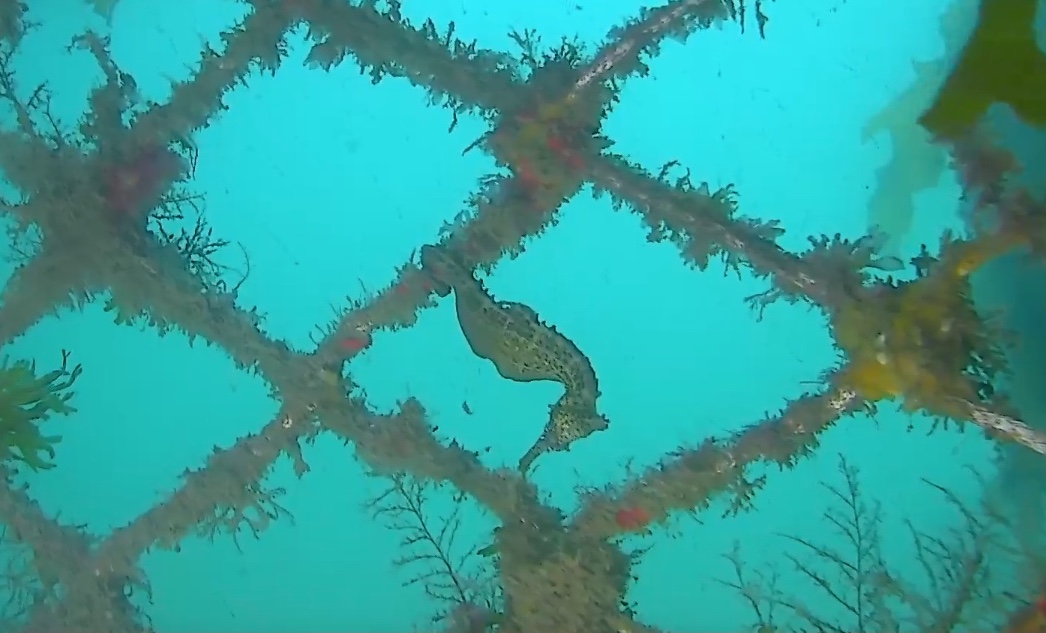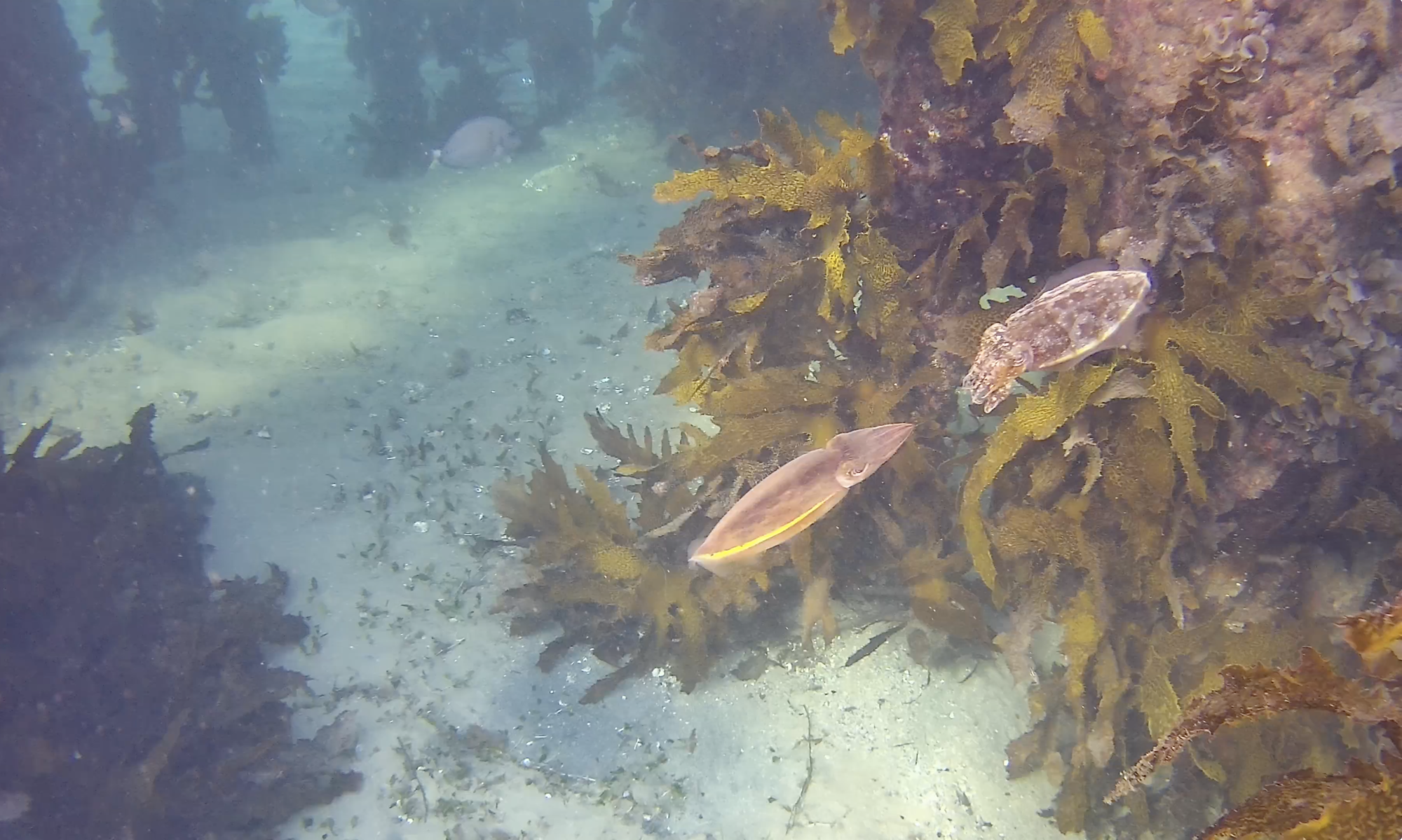An article today from the NYTimes explains that coral reefs don’t recover between more frequent, severe bleaching events:
AUV finds Australian WWI AE1 Submarine
[cs_content][cs_section parallax=”false” style=”margin: 0px;padding: 45px 0px;”][cs_row inner_container=”true” marginless_columns=”false” style=”margin: 0px auto;padding: 0px;”][cs_column fade=”false” fade_animation=”in” fade_animation_offset=”45px” fade_duration=”750″ type=”1/1″ style=”padding: 0px;”][cs_text]The Australian Navy just announced that it found the WWI submarine AE1 just south of the Duke of York Islands at a depth of 1000m. A Fugro Echo Surveyor 5 AUV was used with a multi-beam echosounder to locate the vessel, followed up with AUV video and drop camera operations.
The sub went missing in September 1914 with 35 crew members on board.
More details at SBS News – Oldest Naval Mystery Solved
Photos courtesy of Australian Department of Defence[/cs_text][/cs_column][/cs_row][/cs_section][cs_section parallax=”false” style=”margin: 0px;padding: 45px 0px;”][cs_row inner_container=”true” marginless_columns=”false” style=”margin: 0px auto;padding: 0px;”][cs_column fade=”false” fade_animation=”in” fade_animation_offset=”45px” fade_duration=”750″ type=”1/2″ style=”padding: 0px;”][x_image type=”none” src=”http://www.undersearov.com/wp-content/uploads/2017/12/AusDD-AE1-photo-2.jpg” alt=”” link=”false” href=”#” title=”” target=”” info=”none” info_place=”top” info_trigger=”hover” info_content=””][/cs_column][cs_column fade=”false” fade_animation=”in” fade_animation_offset=”45px” fade_duration=”750″ type=”1/2″ style=”padding: 0px;”][x_image type=”none” src=”http://www.undersearov.com/wp-content/uploads/2017/12/AusDD-AE1-photo-1.jpg” alt=”” link=”false” href=”#” title=”” target=”” info=”none” info_place=”top” info_trigger=”hover” info_content=””][/cs_column][/cs_row][/cs_section][/cs_content]
Sea horse at Balmoral

What is an ROV?
A remotely operated underwater vehicle (ROV) is essentially a tethered underwater robot or drone. They do not carry passengers, are operated by a pilot aboard a vessel, and feed live video (and other data) back to the surface via the neutrally-buoyant tether. These vehicles are typically used instead of divers when conditions are too dangerous or too deep to dive in.
Bigger, more expensive and sophisticated ROVs are common in deep water industries like offshore oil drilling, where they often work in rough conditions, at depths >500m, and carry power equipment like torque tools and manipulator arms for underwater tasks like welding or construction. More about these work horses can be found at: RigZone – How Do ROVs Work?
ROVs are also invaluable tools for scientific oceanic exploration, used regularly by organisations like NOAA and AIMS. They can provide 24 hr observations with video and other scientific measurements relayed immediately to scientists at the surface: NOAA Ocean Explorer – What is an ROV? or watch a short video: ROV Exploration.
More recently, smaller, highly manoeuvrable, inspection-class ROVs have come onto the market to observe subjects at depths <100m (like the BlueROV2). These vehicles are more like underwater drones: lighter, less expensive, easier to use, and powered from on-board batteries. A detailed review of inspection-class ROVS can be found at Journal of Marine Science and Engineering 16mar2017
No matter what type is used, ROVs make exploring underwater faster, safer, and easier than diving, especially in crocodile infested waters!
ROVSim2 for BlueROV2
Just released by a company in the US – a BlueROV2 simulator software package for $750USD per computer (Windows only). More info available at ROVsim2 for BlueROV2

